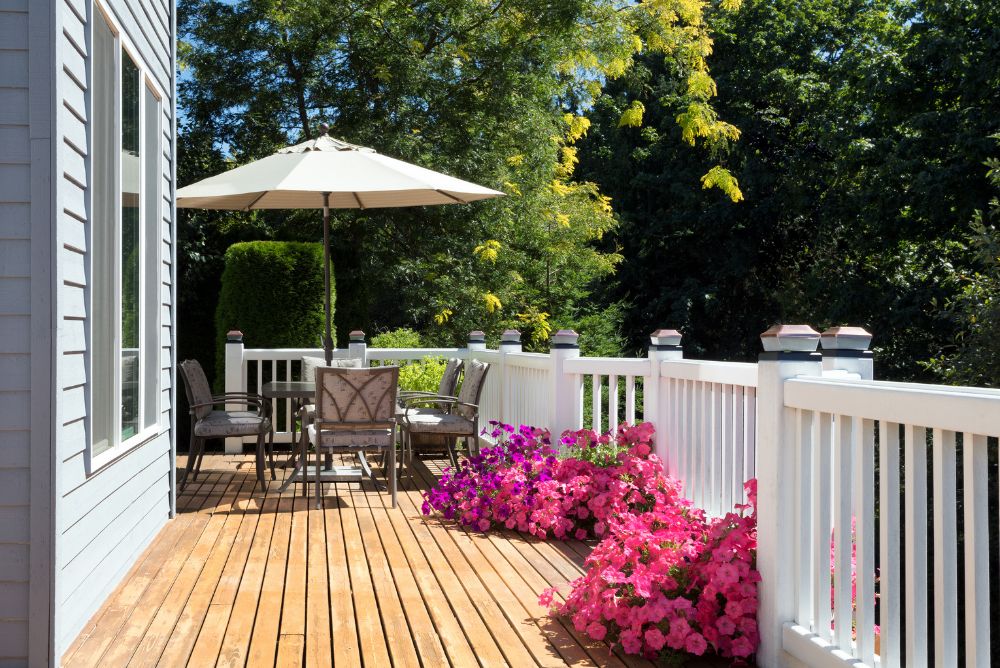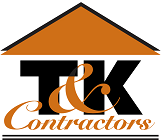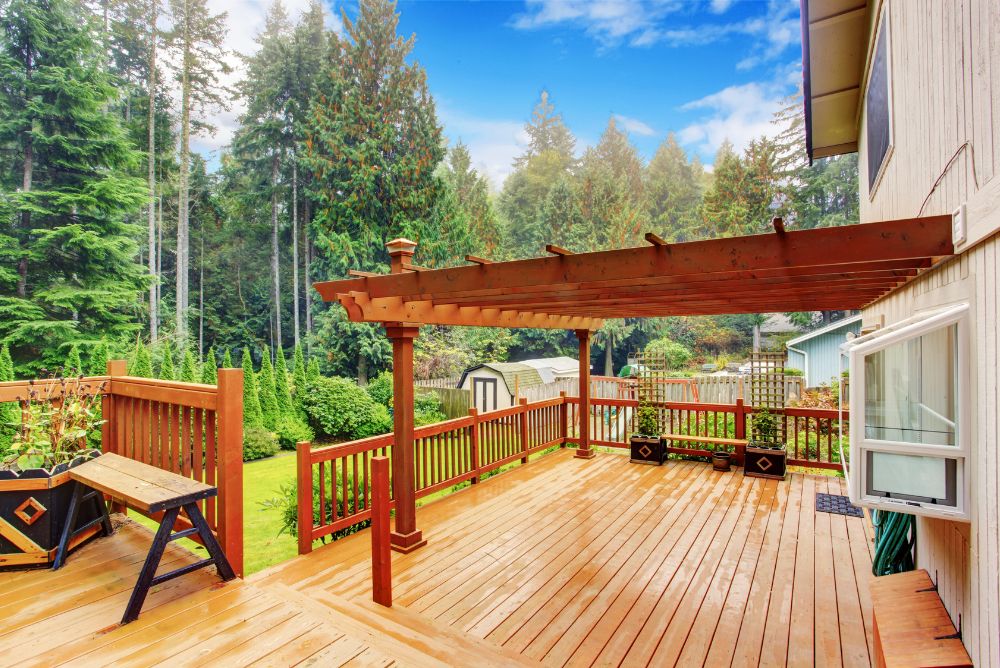According to Traeger Grills, Americans own more than 100 million grills, and 42% have a cookout at least once a week. Maybe you too have decided to grill out more and feel that a new deck would provide the ideal spot. If so, there are a few things you should know to ensure your project is a success.
You’ll Need a Permit
A deck isn’t exactly a room addition, although it often functions as one. So why would you need a permit to build one? According to the International Association of Certified Home Inspectors (InterNACHI), only 40% of existing decks are actually safe.
Injuries can occur whenever a deck collapses or separates from your home. Accordingly, local building codes exist to ensure your structure is secure. And fines and penalties can be involved with forgoing the permit, not to mention the fact that insurance may not cover you in the event of a loss.
Bigger Isn’t Always Better
Many homeowners with big dreams go out of their way to create sprawling, oversized decks that wind up dwarfing the main home. A good rule of thumb is that your deck should not contain more than 20% of your home’s square footage. This includes the square footage combined for all sections of a multi-level deck.
Don’t Skimp on Materials
There are plenty of uses for scrap wood; however, building a deck isn’t one of them. Sure, it costs more to use pressure-treated lumber or a composite material, but you won’t have to worry about replacing the deck in only a year or two. Plus, you can prevent pests like termites, as well.
Don’t think that you can get by with inferior fasteners either. According to the American Wood Council, those who connect their deck to a primary structure using only nails have a higher risk of collapse. To provide stability, choose high-quality, stainless steel fasteners, which resist rust and won’t corrode due to the chemicals present in pressure-treated wood.
Consider the Long-Term Cost
When choosing materials, many homeowners only consider the upfront cost. But they never consider ongoing maintenance or replacement materials in their decision. As a result, their deck sometimes winds up costing them even more money in the long run.
According to Bob Vila, pressure-treated decks have a lifespan of around ten years. Cellular PVC, on the other hand, is typically good for 20 years or more. And unlike wood decks, you won’t have to paint or restain them every few years. So when you add in the cost of replacement boards, stain, and sealant, you might actually wind up spending just as much for a wooden deck, but over a period of several years rather than all at once.

Ventilation is Important
You need at least 18 inches of airflow between the ground and the bottom of your deck. Good airflow is essential for preventing moisture damage, making you less likely to encounter insects or experience dry rot.
Load Capacity
The American Wood Council reports that a deck built to code can hold around 40 pounds per square foot. This amounts to around 1 adult in a four square-foot area but does not account for grills, hot tubs, or furniture. You’ll also need to consider snow and ice accumulation in the wintertime. Perform a load calculation and if necessary, plan for additional bracing, particularly if your deck will sit off the ground a bit.
The Right Contractor Will Help you Avoid Mistakes
Building a deck is infinitely more complicated than it might appear on the surface. And any mistakes will be distinctly obvious to everyone around you. To avoid errors, you need an experienced builder such as T&K Contractors. Schedule a consultation to learn how we can make your new deck dreams a reality.

